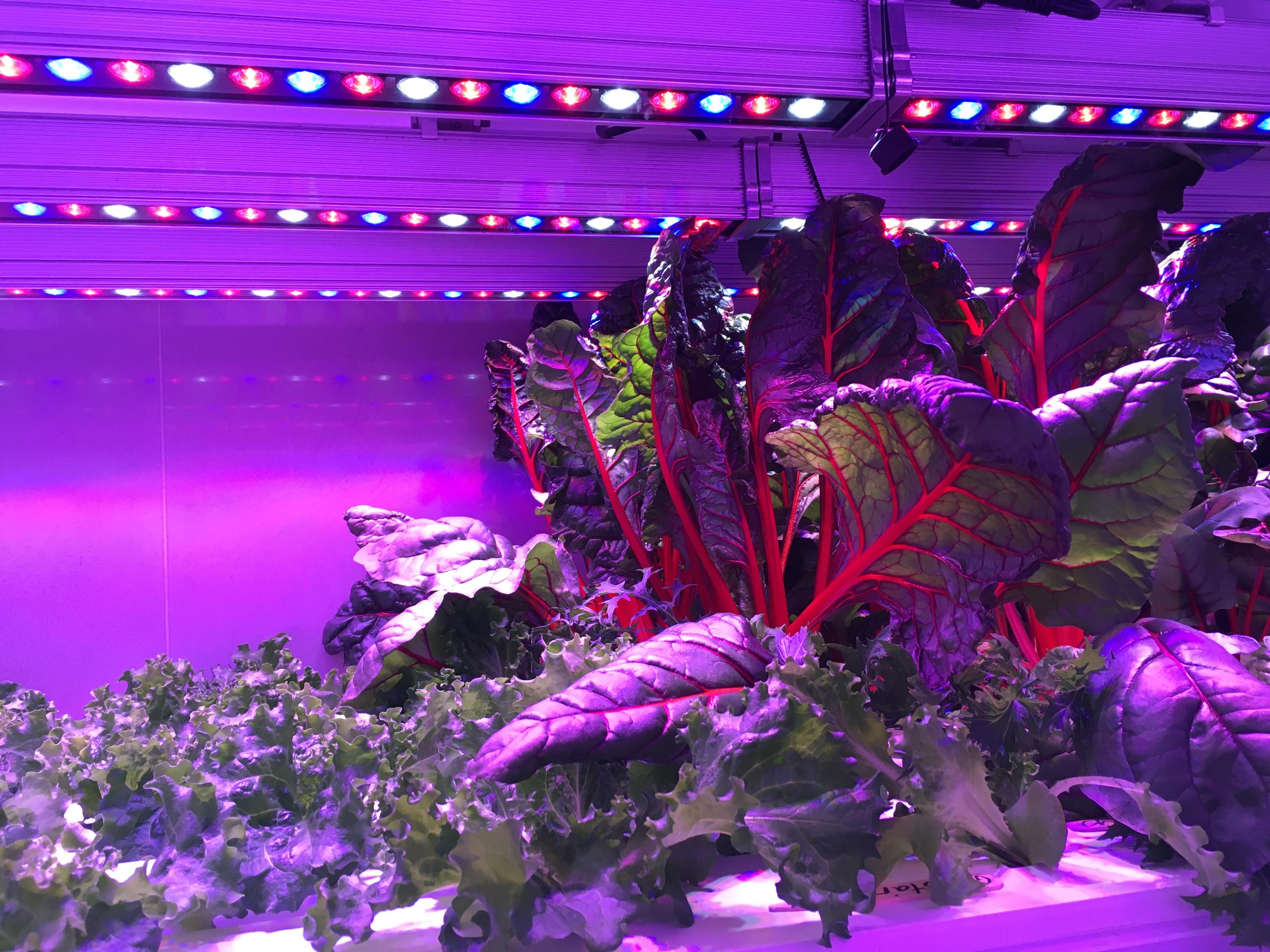
(Avery Lill/ KDLG)
The Alaska Division of Agriculture this month received a $100,000 federal grant to strengthen the Farm to School program, which aims to get locally sourced food into schools. Jodie Anderson is the state Farm to School coordinator. The USDA grant will fund her position and travel for two years. To start, Bristol Bay will be her first region of focus.
“Grassroots” is the word Anderson uses most often to describe the project. She will begin with a needs assessment. That means meeting with gardeners, farmers and schools around the bay starting this fall to understand networks for local food supply and demand.
“One of the things that I really want to do through this is develop a regional specific source book to gather people together who are growing food to see where food is happening, where it’s growing, who’s doing it and then how do we connect each other to those growers so that we can get it to the schools,” Anderson said.
By cultivating this network, Anderson hopes put more local food in area schools by the 2018-2019 school year. This first phase will concentrate on Dillingham City School District, Bristol Bay Borough School District, Southwest Region School District and the Lake and Peninsula School District.
The idea is that Bristol Bay will be a pilot region and that Anderson will develop a toolkit for other areas to use to increase the consumption of local food in their schools. The second phase of the project will be to identify a second rural region and put that toolkit to work.
“Every place has its own issues and challenges and opportunities,” Anderson said. “What we’re hoping to do with the Bristol Bay region is to document and show a process and to actually use the process model as something that can be done anywhere in the state of Alaska.”
Anderson chose Bristol Bay as a jumping off point because she has already developed connections in the area. She taught a gardening symposium for several years through the University of Alaska Fairbanks Bristol Bay Campus and the Bristol Bay Native Association.
In this region and around the state, she sees several reasons that convince her schools should aim to source more locally produced food.
“The great news about buying local is that the money that you’re spending stays local. When students learn where there food comes from, they’re more willing to try foods,” Anderson said. “When we’re able to harvest something and get it onto a student’s plate within a couple of days versus a couple weeks, there’s a huge nutritional difference.”
Ugashik farmer, Victoria Briggs, is involved, helping Anderson make connections with local schools and growers. She also advocates to state legislators for increasing local food in schools through the nonprofit Alaska Food Policy Council. She said schools in the area are already interested in sourcing local produce. Dillingham City School District, the Lake and Peninsula School District and the Bristol Bay Borough School District already buy some of their vegetables locally. Briggs sees the state assistance through the Farm to School as taking some of the burden off of school administrators to locate growers on their own.
“The state has in the past been able to open the doors with that,” Briggs said. “Farm to School is, yes, to get food into the schools. But part of what comes from this is just the realization in our communities that we can produce and that we can supply these things locally to any of the establishments that are there.”
The USDA also awarded grants to 17 other state agencies for the Farm to School program.




